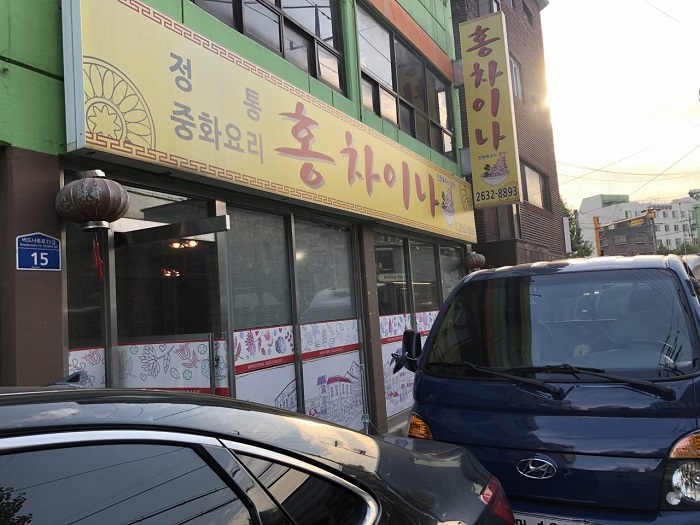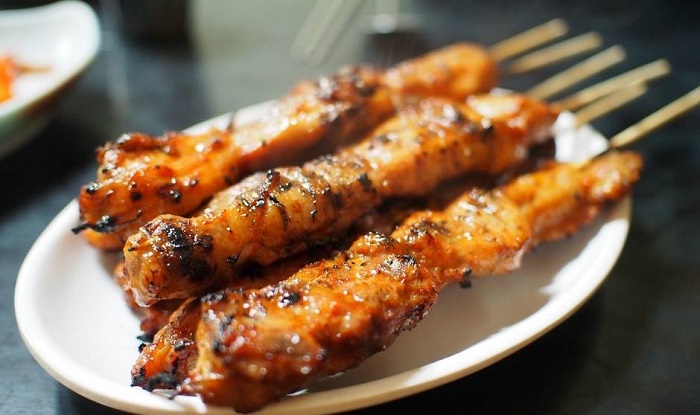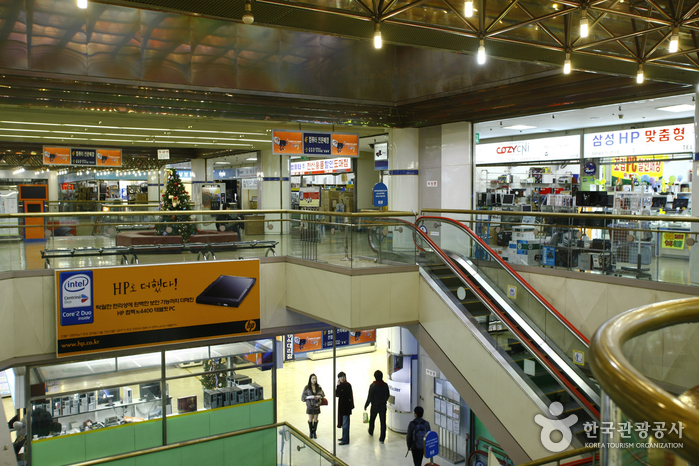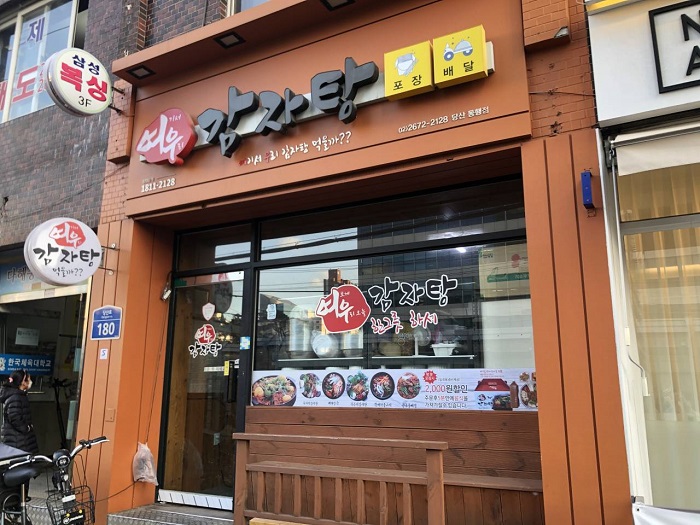Baek Ni Hyang (백리향)
3.6Km 2024-02-28
57F, 50 63-ro, Yeongdeungpo-gu, Seoul
Baek Ni Hyang is a Chinese restaurant located in Yeouido 63 Square. Combining traditional cooking methods from the Guangdong and Sichuan regions of China with influences from Beijing and Sichuan styles, the restaurant offers Chinese cuisine using seasonal ingredients. The signature dishes include buldojang (Buddha's temptation soup) and dongpayuk (red braised pork belly). The proximity to the Hangang Park and Yeouido Park makes it a great place for a leisurely stroll.
Golfzon Market - Dangsan Branch [Tax Refund Shop] (골프존마켓 당산)
3.6Km 2024-04-23
1F, 233, Seonyu-ro, Yeongdeungpo-gu, Seoul
-
Wecle - Yeouido Branch [Tax Refund Shop] (위클 여의도)
3.6Km 2024-04-18
Store #B119, B1 (Yeouido-dong), 16, Gukjegeumyung-ro 8-gil, Yeongdeungpo-gu, Seoul
-
CheongKwanJang - Jeungsan Station Branch [Tax Refund Shop] (정관장 증산역)
3.6Km 2024-04-22
#102, 259, Jeungga-ro, Seodaemun-gu, Seoul
-
Hong China (홍차이나)
3.6Km 2021-03-25
15, Beodeunaru-ro, 15-gil, Yeongdeungpo-gu, Seoul
+82-2-2632-8893
It is a place where you can enjoy various Chinese dishes. This Chinese (cuisine) restaurant is located in Yeongdeungpo-gu, Seoul. The representative menu is spicy seafood noodle soup.
Hosujip (호수집)
3.6Km 2021-03-30
443, Cheongpa-ro, Jung-gu, Seoul
+82-2-392-0695
It is a restaurant where people wait in line as a hidden restaurant for locals in Chungjeong-ro. The best menu at this restaurant is spicy braised chicken. This Korean dishes restaurant is located in Jung-gu, Seoul.
Hangang Paradise (한강파라다이스)
3.7Km 2024-03-25
252 Yeouidong-ro, Yeongdeungpo-gu, Seoul
+82-2-447-3333
Hangang Paradise is a renowned Italian restaurant nestled in Yeouido Hangang Park. It offers a diverse menu featuring items such as steak, pizza, dongaseu (pork cutlet), and bulgogi deopbap (stir-fried bulgogi served with rice), with the tenderloin steak being the standout dish. Guests can savor their meals while enjoying the picturesque views of the Hangang River. Additionally, Hangang Paradise operates a quay for duck boats, adding to its allure as a favored destination for those visiting the Hangang River area.
Yongsan ETLand (용산전자랜드)
3.7Km 2021-06-09
74, Cheongpa-ro, Yongsan-gu, Seoul
+82-2-707-4700
Yongsan ETLand is an enormous wholesale electronics market located near the Yongsan Train Station, where all needs relating to computers, imported audio systems, game utilities and more are aptly answered. This mall first opened in 1988 as a part of the city's redevelopment project, and became the leading electronics distributer in Korea. The mall is considered the go-to place for anyone interested in purchasing electronics, whether it'd be computers, cameras, digital gadgets, electronic parts, or other IT products.
Yeou Gamjatang(여우감자탕)
3.7Km 2020-12-07
180 Dangsan-ro Yeongdeungpo-gu Seoul
+82-2-2672-2128
It is a soup made by boiling various vegetables and pork backbone. This Korean dishes restaurant is located in Yeongdeungpo-gu, Seoul. The representative menu is pork back-bone stew.

![CheongKwanJang - Jeungsan Station Branch [Tax Refund Shop] (정관장 증산역)](http://tong.visitkorea.or.kr/cms/resource/44/2889544_image2_1.jpg)




![HB Coms [Tax Refund Shop] (에이치비컴즈)](http://tong.visitkorea.or.kr/cms/resource/94/2891194_image2_1.jpg)
 English
English
 한국어
한국어 日本語
日本語 中文(简体)
中文(简体) Deutsch
Deutsch Français
Français Español
Español Русский
Русский